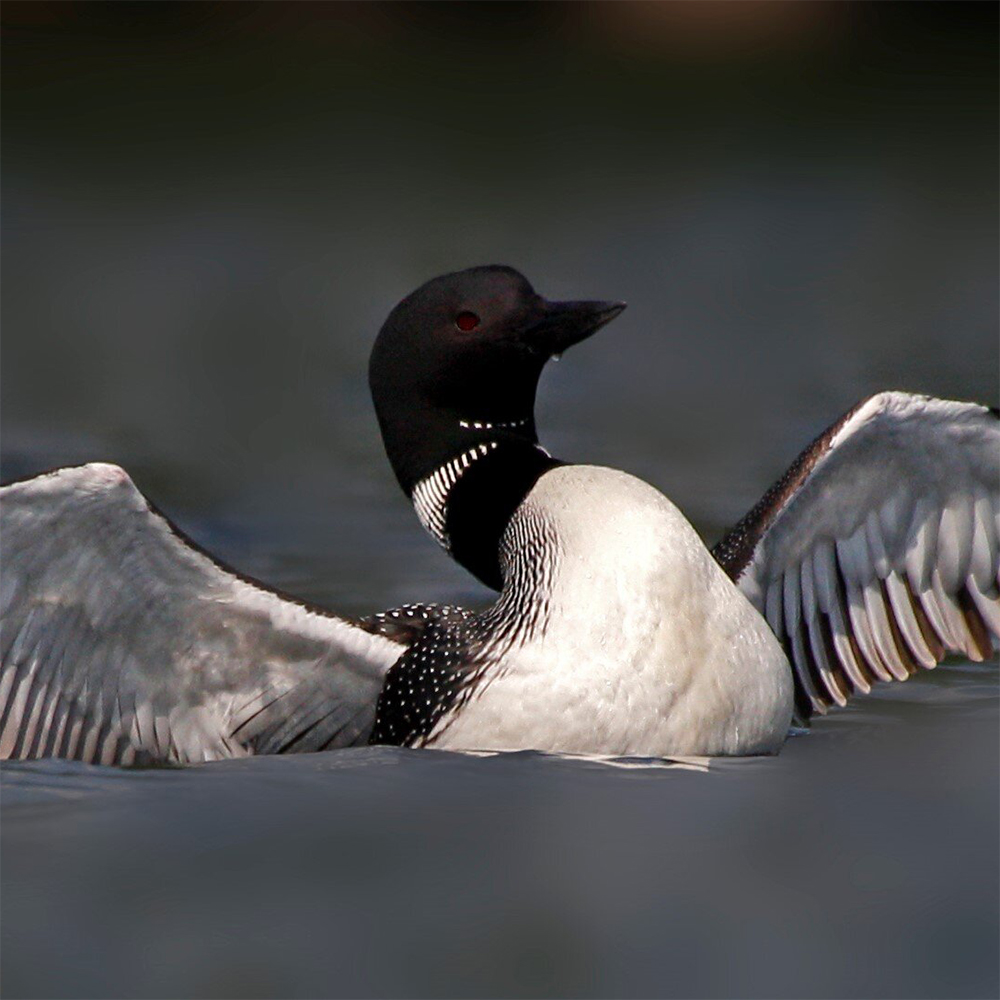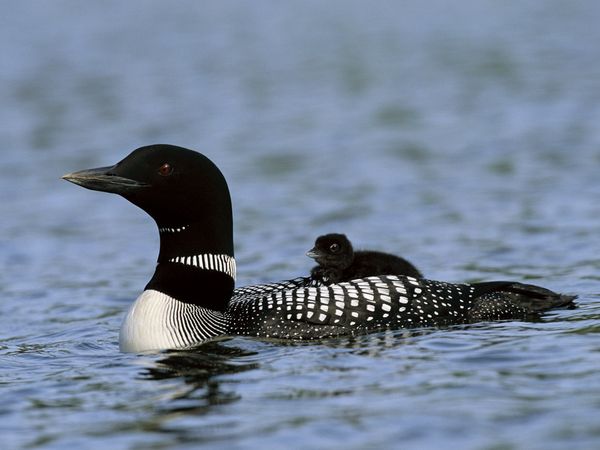What's New

Our community rallies around Loon Protection
The beautiful waterfowl with the enchanting song, the Loons of our Indian River Watershed, overflow from the Adirondacks to use the Indian River Lakes as nesting habitat. Each year, some loon pairs are successful, but others succumb to the many challenges our environment presents, including human threats from lead tackle and fishing line, water level fluctuations, predators, and territory disputes between other waterfowl both native and invasive.
Our lakes also have small surface space which we share with wildlife when using lakes for recreational purposes such as boating, kayaking, and fishing, and loons can abandon their nests when humans come too close for comfort.
As healthy lake and wetland habitats are lost, the stresses on loons multiply. The time to act to save these threatened birds is now.
The good news is with your support and greater know-how, we can help our loons by increasing their chances of nesting success through use of nesting rafts.
Partnerships make it happen for Loons
The Indian River Lakes Conservancy and the Adirondack Center for Loon Conservation (ACLC) are teaming up to give our loons the best chance we can at nesting success in our lakes.
We and our affiliated lake associations are excited about this new adventure and are eager to learn all that the loon biologists of ACLC will teach us.
Thanks to this partnership and your support, Butterfield, Grass, Payne, and Millsite Lakes will have loon rafts this coming spring.
Water quality matters
How we handle everyday systems like sewage and trash management will affect lake vegetation, fish that provide food for loons and other wildlife, and the health of our water and loons.
Since all life in the watershed is connected, when we help loons by protecting or improving their environment, by extension we get to aid all life in our watershed. The presence or absence of loons as an “indicator species” give us clues as to the overall health of our watershed.
Loons depend on all the elements that make up a lake ecosystem and therefore benefit from the health of the whole system, from mud and soil, to the macroinvertebrates and vegetation, to fish health and more.
We can’t let up with protection of natural shorelines as the first line of defense in protecting water quality within our lakes. Loons call these lakes home too.
Local businesses support loon conservation through lead buy-back program
Lead tackle can end up in fish that loons eat. If a loon swallows lead, it is likely to suffer and die from lead poisoning. This is a serious threat to our loon population because it takes loons at least 6 years to mature to nesting age, and they may produce 1-2 and very rarely 3 loons per
season once they reach maturity. Many of these new chicks do not live through their first year because of the many threats they encounter.
Thanks to the Corner Market in Theresa, you can now turn in 1oz of lead fishing tackle in to receive a $10 voucher to use toward new non-toxic fishing tackle.

